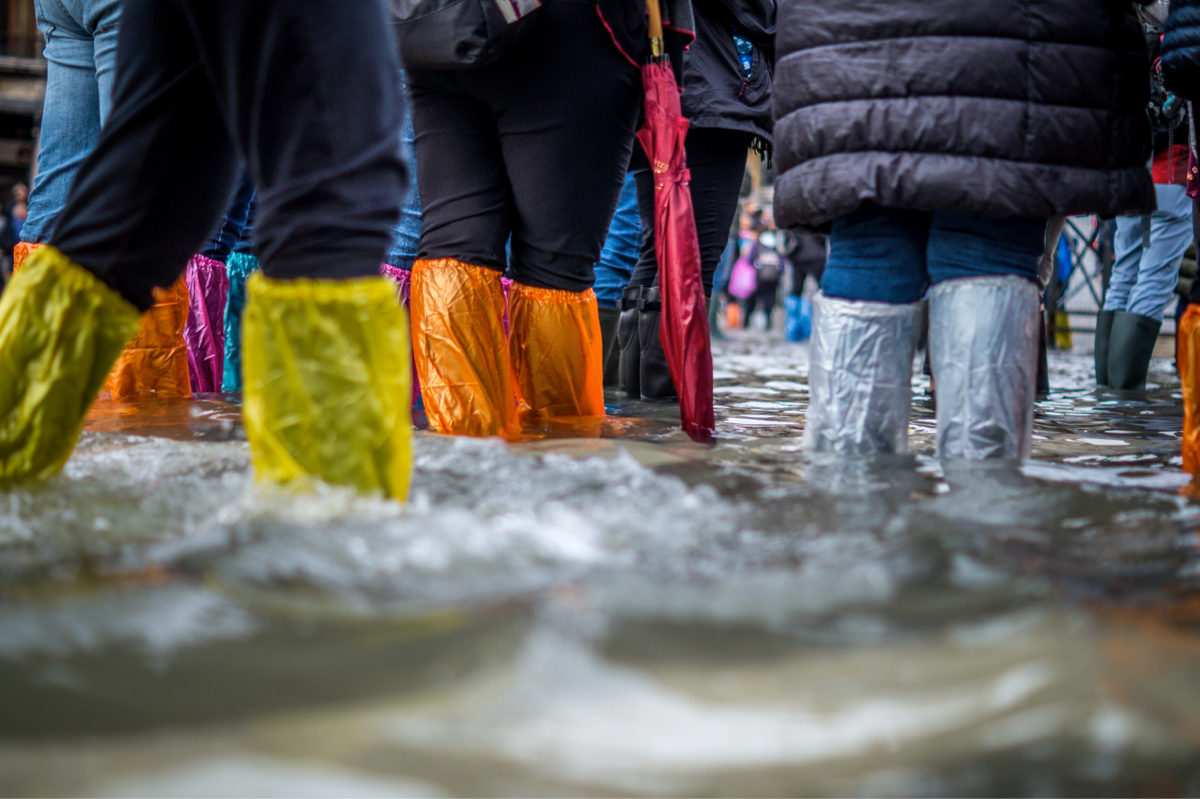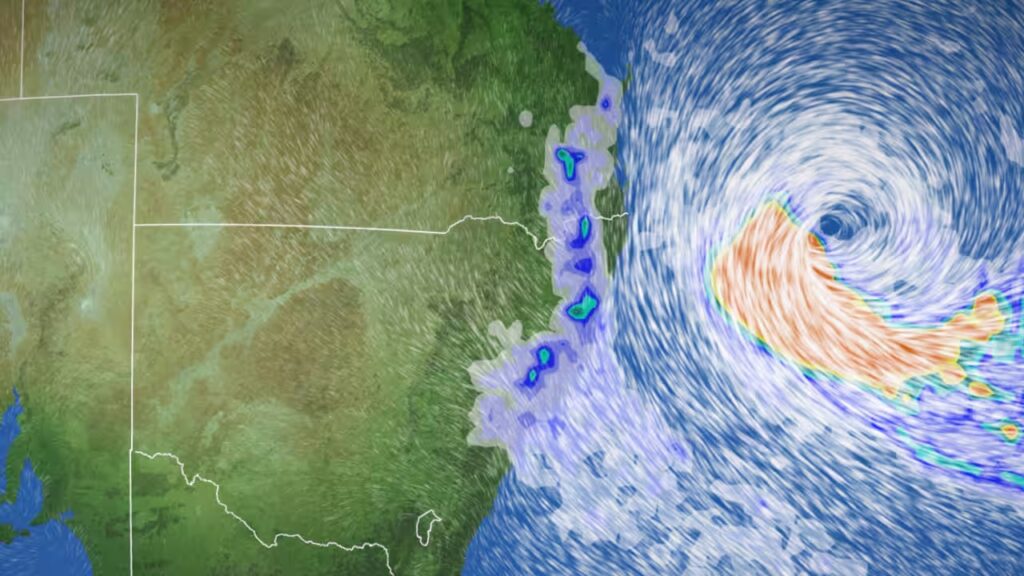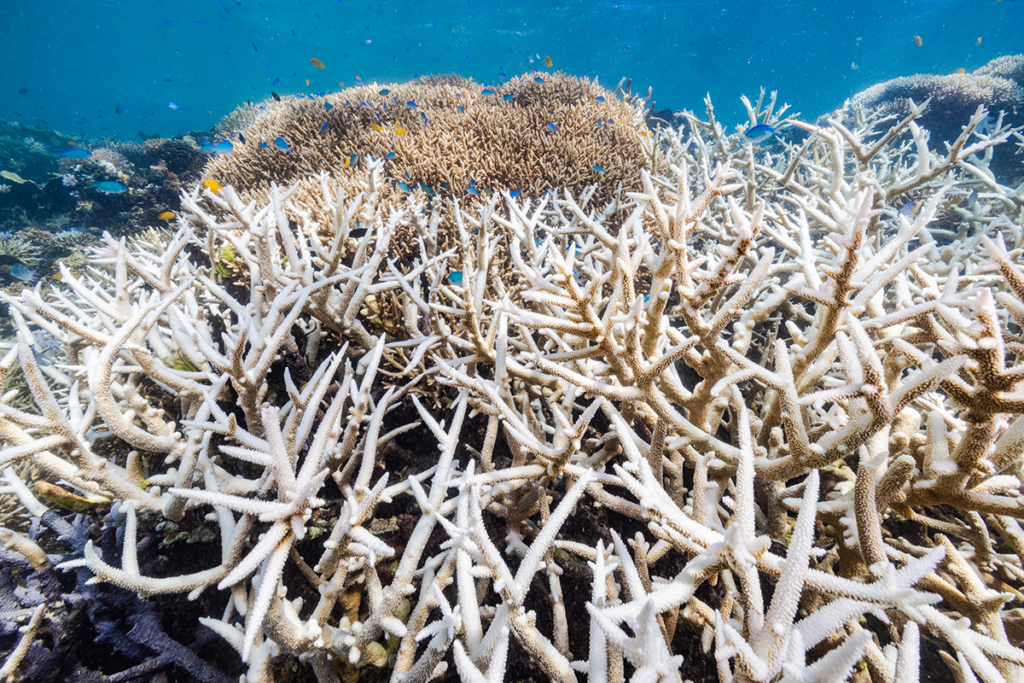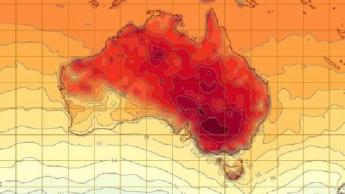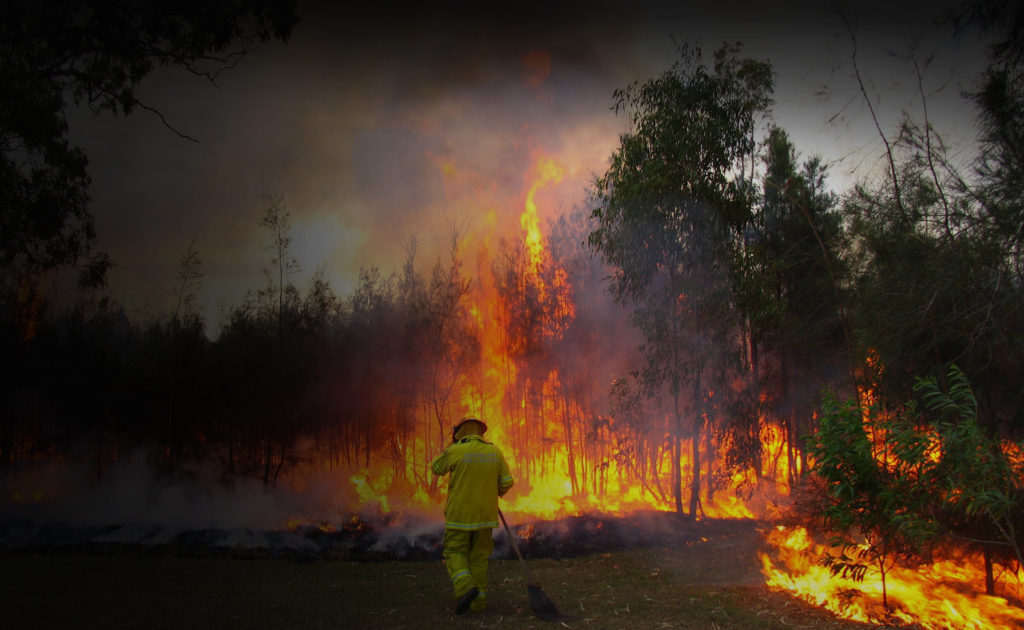We’re not even half way through 2024, yet we’ve already witnessed countries in all corners of the globe endure extreme weather events. From ferocious wildfires to devastating floods and scorching heatwaves, the toll of climate change is all around us. Climate pollution from coal, oil and gas is supercharging our atmosphere and leading to more frequent and severe extreme weather events. Communities around the world are paying the price in impacts to their health, lives, and livelihoods. So let’s take a look at how climate change is playing out across the globe in 2024.
Heatwaves across South and Southeast Asia
In April, the Philippines, Thailand, Bangladesh and India all faced unrelenting heat that disrupted schooling and created concerns for public health. In Manila, the capital of the Philippines, in-person classes were suspended due to extreme heat, whilst half of the county’s provinces continued to experience drought. Although hotter temperatures are normal in these months, the temperatures this year were worsened by the El Niño event — against the backdrop of our fast warming planet — bringing hotter and drier conditions to the region.
In Thailand, 30 people have died this year due to heat stroke and authorities have warned people to limit their outdoor activity as a result. Demand for electricity soared to a record high as communities switched on their AC’s for some relief.
Heatwaves in India affected voter turnout during the world’s biggest election, as nearly a billion Indians headed to polls. The cities of Nandyala and Kadapa, located in Andhra Pradesh, reached a record-breaking temperature of 46.3°C.
How is climate change affecting heatwaves in Australia?
Brazil rains and flooding
The state of Rio Grande do Sul, populated by almost 11 million people, has suffered the most extensive climate-fueled catastrophe in its history. Over 10 days between the end of April and the beginning of May, parts of the state recorded 500-700 millimeters of rain. That’s between a third and almost half of the average annual rainfall. More than 100 people were killed, more than 130 missing, and nearly 400 people were injured across the 425 municipalities affected.
UAE rains and flooding
In April, the United Arab Emirates experienced extreme downpours which caused flooding across major highways and Dubai International Airport. Cars were stranded, and the airport — the world’s busiest hub for international travel — saw major delays and disruptions. The rainfall was the heaviest the country had experienced in 75 years.
Kenya rains and flooding
In early May, floods and heavy rainfall in Kenya took the lives of more than 225 people. A further 160 people were injured and over 212,630 people have been displaced across the country. This comes just a year after parts of Kenya experienced four consecutive seasons with little rain, creating one of Kenya’s worst droughts. Climate pollution is disrupting our rainfall patterns, leading to extreme downpours punctuated by prolonged dry spells.
Learn more about floods and climate change here.
Wildfires in Canada
Communities across Western Canada are again experiencing a very early start to their fire season. Wildfires are burning out of control, moving rapidly and forcing towns to evacuate. Firefighters said that extreme fire danger has been made worse by years of drought and a below normal snowpack the past winter. This comes right after Canada’s own ‘Black Summer’, with the country enduring the longest and most destructive fire season in its history last year. The 2023 season saw a record number of wildfires, four firefighters lose their lives, more than 250,000 Canadians forced to evacuate their homes, and thick smoke blown across parts of the US. Wildfires across Canada in 2023 put 2.98 metric tons of CO2 in the air – that’s 4x more emissions than planes did last year, or the same amount as 647 million cars.
Climate change is changing bushfire patterns. Find out more here
Deadly Cyclone hits Bangladesh and West Bengal
In late May, Cyclone Remal, with wind speeds measuring up to 140km/h ripped through the Bay of Bengal affecting both the coastal regions of Bangladesh and India’s West Bengal state. While only moderate in strength, Cyclone Remal proved very destructive, forcing over 800,000 people in Bangladesh and over 110,000 people in India to evacuate to storm shelters, and killing at least 69 people. Tropical cyclones are part of life for these coastal communities, but warmer oceans and rising sea levels are making them more dangerous.
Find out more about how climate change is affecting cyclones.
Tornadoes and storms in the USA
In the USA, over 500,000 people were left without electricity as powerful tornadoes tore through four states in the USA. Whilst this part of the USA is prone to tornadoes, a warming atmosphere may be changing the location, timing and duration of these highly destructive weather events, making them more difficult to prepare for.
Climate change, driven by the burning of coal, oil and gas is making extreme weather events more severe and more frequent. We urgently need to cut climate pollution this decade to limit the severity of future events.
There is no safe level of climate pollution and everything we do to reduce it matters. Luckily the Climate Council has a practical and achievable plan for how to electrify the nation with proven technologies and cut climate pollution by 75% this decade.
Australia is on the right path and we’ve already made progress. What we do now matters, and governments at all levels have the opportunity to build on this momentum to seize this decade and ensure millions more Australians enjoy the benefits of a cleaner, safer future.

